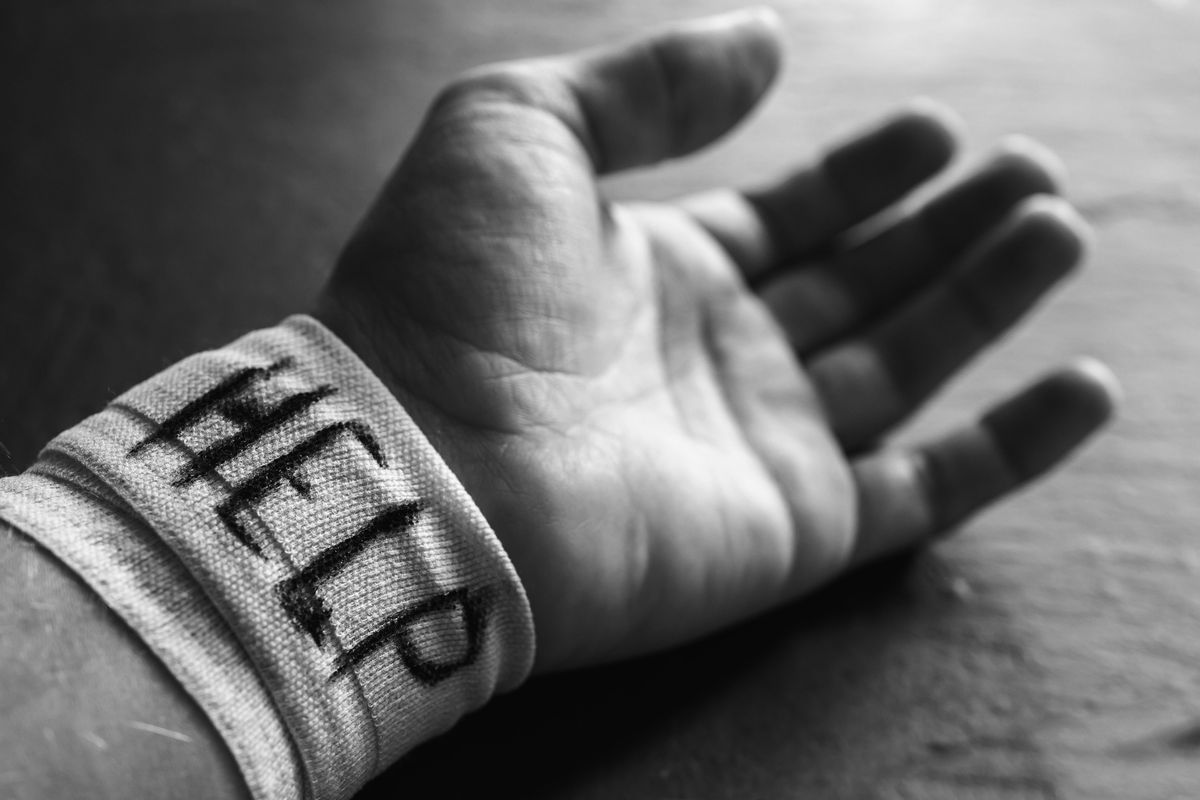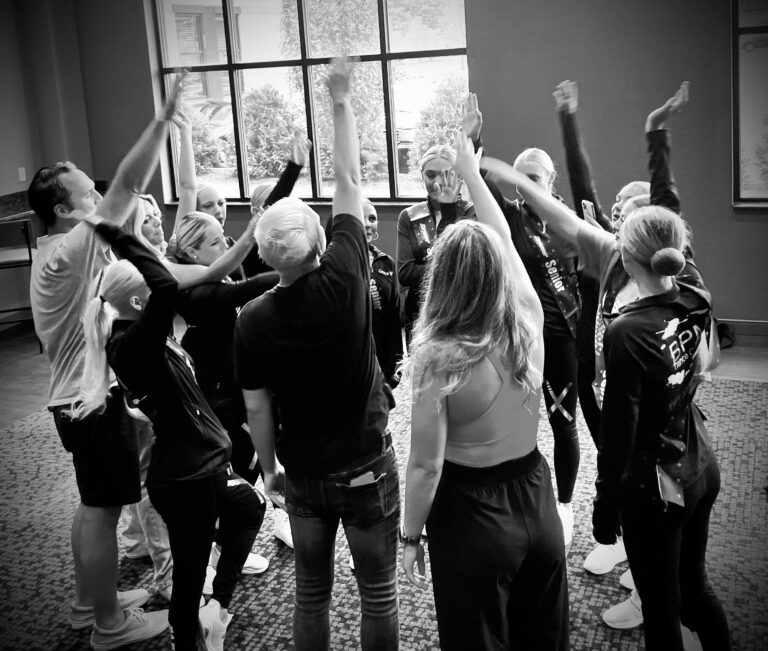
As a mental-health advocate working in dance, I have the honor of speaking with teachers all over the world. Recently, I have been receiving more frequent inquiries on noticing self-harm in dancers.
“Self-harm” refers to anytime someone hurts themselves on purpose, and it can include cutting, punching, bruising, pulling hair, burning or even breaking bones. According to the National Center for Health Research, self-harm is increasing among teenage girls. The Center cites a 2018 study that found that 18 percent of teens had purposely injured themselves over the past year.
The increase in incidents of self-harm that dance teachers have expressed to me makes sense given these statistics. And anecdotally, dancers may be even more likely to engage in self-harming behavior because of the rigor of training and the prevalence of perfectionism and low self-esteem among dancers.
It can be scary to realize that a dancer in your class is deliberately hurting themselves. I spoke with dance teacher, clinical psychologist and researcher Paula Thomson, PsyD, to better understand what is happening, and how dance teachers can help.
Who is likely to self-harm?
Thomson says that self-harming behaviors are most prevalent in adolescents, between about 10 and 18 years of age. “Many people who self-harm have very low self-esteem. They have a lot of negative feelings about themselves or the world,” she says. Thomson adds that dancers who are self-harming are frequently perfectionists, but being a perfectionist alone is not enough to lead to these behaviors.
Often, these dancers also feel that they should be punished for not being perfect. “They can’t manage the negative feelings,” says Thomson. “There may be emotional abuse in their background. They have gotten the memo that they are unwanted and not good enough.” Those experiences may have arisen inside or outside the dance environment.
Why are they doing this?
According to Thomson, there are two common reasons for engaging in self-harm. “For one dancer who is self-harming, the cause is that the emotional pain is so intense. For the other, it is that it has become so muted and dulled,” she says. (Of course, it’s possible that some dancers may experience a combination of these.)
Some dancers who self-harm may appear social and even popular because they have compartmentalized their pain as a coping mechanism. Thomson says that in a case like this, the act of self-harm acts as a release for the dancer. When they are confronted with negative feelings, they engage in cutting or other methods of self-injury, the same way others may reach for a cigarette or a drink. “The first few times it may be an experiment, but when it becomes entrenched it is like taking a drug,” Thomson says. “They stop dealing with the problems that are causing the tension, and like an addict they become consumed with it.”
Other dancers may appear reclusive and antisocial. “If they are in a dissociative state, they will feel numb, they won’t feel the negative feelings,” says Thomson. “So then they feel the desire to hurt, to feel some pain.” She adds that they likely have a lot of negative feelings about themselves or the world that they feel are not appropriate to express, so they make those feelings a secret, which isolates them even more. “Shame only further decreases their self-esteem,” says Thomson.
What does self-harm look like?
Thomson says that because self-harm is such a secretive behavior, you should look out for dancers wearing long sleeved-leotards even when it is hot out. They may resort to cutting or other acts of self-harm on their abdomen or groin to hide it. “These are not random, like a cut from gardening or something,” she says. “They are usually more organized, especially with dancers.” A dancer’s peers may be the first to notice because they are sharing dressing rooms, so you should take concerns from fellow dancers seriously. Self-harm is not limited to cutting: Bruises, burns, frequent broken bones and hair loss are all causes for concern.
When confronted with a person who is engaging in self-harm, an immediate concern is if they may be suicidal. While most people who are hurting themselves in this way are not suicidal, self-harm can lead to suicidal ideation if it is not addressed.
What should you do?
It is understandably scary to realize that you have a dancer in your class who is harming themselves intentionally. Early intervention is key, and treatments available for self-harm are highly effective.
In the case of a minor dancer in your class, you should be aware of the laws in your state surrounding mandated reporting. Whether you are legally obligated to act or not, a child who is self-harming is a danger to themselves, says Thomson, so your action is required. Tell the dancer what you have noticed, and let them know that you care about them and would like to assist them in finding help. Share that you are going to reach out to their parents before you do so.
If the dancer is not a minor, you cannot force the dancer to get help. But you can offer to take them to the counseling center if you are in a collegiate setting, or give them contacts for mental-health professionals in your area. Express that you feel they deserve to have support. In a week or so, follow up to see if they were able to get an appointment, and ask how you can help. For many people, the first appointment is the hardest one to make.
I frequently hear from dance teachers that they are afraid to say something, and even more afraid that by doing so, they may make the dancer feel worse and aggravate the situation. But, as Thomson points out, you are not shaming a dancer by asking about their cuts or burns—you are expressing concern and care for someone who clearly needs it. As dancers, we admire our teachers. Your willingness to confront the problem may be the thing that makes it important enough for the dancer to take care of themselves.




